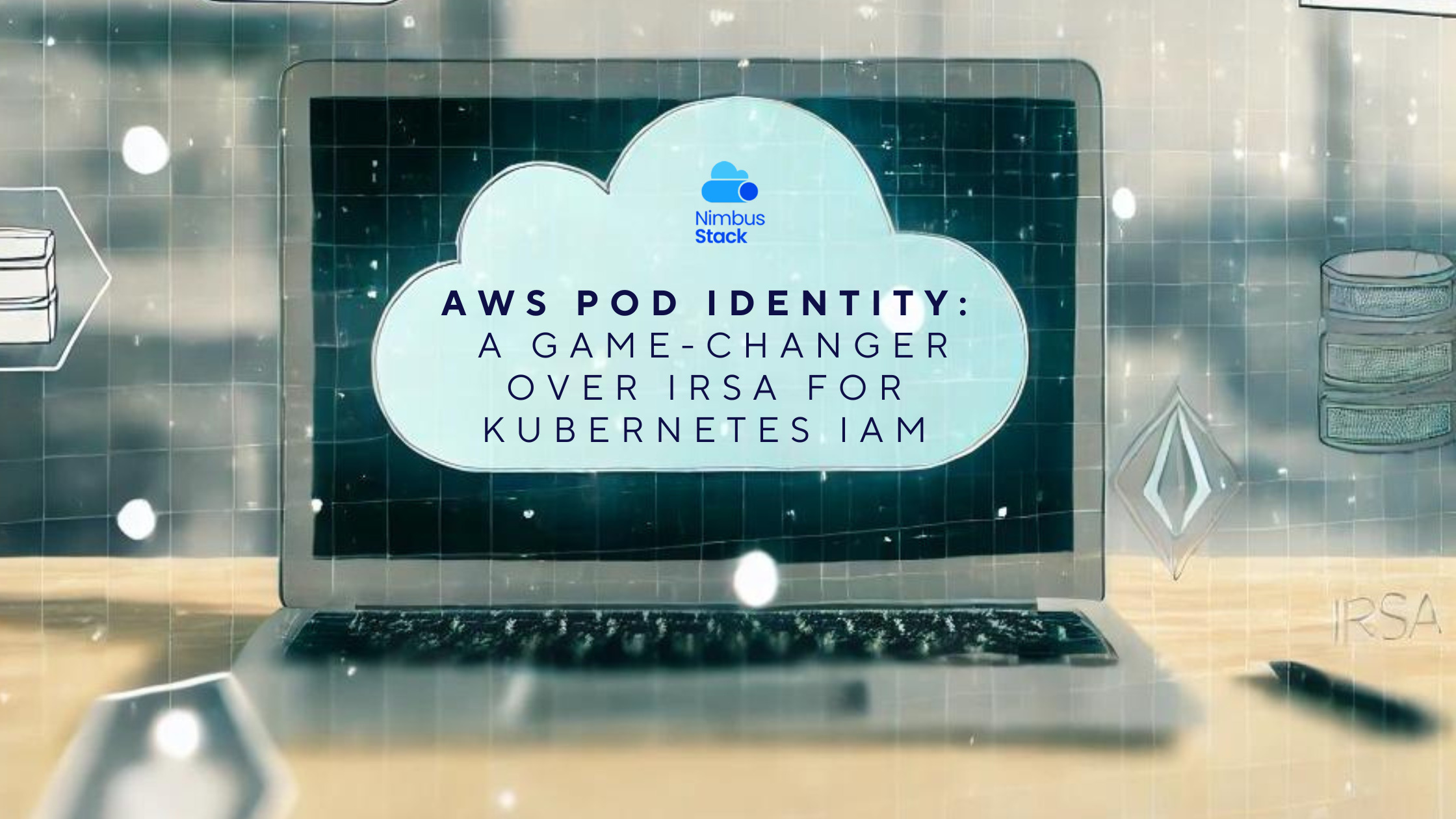As organizations increasingly adopt Kubernetes for container orchestration, managing secure access to AWS resources has become a critical concern. Traditionally, AWS IAM Roles for Service Accounts (IRSA) has been the go-to solution for granting Kubernetes pods secure access to AWS services. However, with the introduction of AWS EKS Pod Identity, there’s a new player that offers a more streamlined and efficient approach. Let’s explore the key differences and advantages of AWS EKS Pod Identity over IRSA.
Overcoming the OIDC Limit Challenge
One significant advantage of AWS EKS Pod Identity is its ability to eliminate the need for OIDC (OpenID Connect) providers. In large-scale environments, users often encounter the 100 OIDC provider limit per AWS account, creating a bottleneck. By removing this requirement, EKS Pod Identity simplifies the authentication process and avoids hitting this limit.
Streamlined Trust Policy Management
IRSA requires a unique trust policy where the IAM role trusts the associated OIDC provider. This can become cumbersome, especially if you need a common IAM role across multiple clusters. In contrast, EKS Pod Identity simplifies this process by using a single service principal (pods.eks.amazonaws.com). This reduces complexity and prevents issues related to trust policy payload size, which IRSA often faces when managing multiple OIDC providers.
Enhanced Access Control with STS Session Tags
EKS Pod Identity offers more granular access control through STS session tags, enabling fine-tuned permissioning. A single IAM role can now be used across various clusters, with access restricted to specific clusters, namespaces, or individual resources. This flexibility simplifies IAM operations and enhances security by allowing strict resource isolation while maintaining operational efficiency.
Decoupling AWS and Kubernetes Management
One challenge with IRSA is the blend of AWS and Kubernetes APIs, often complicating infrastructure-as-code (IaC) processes. IRSA requires pod manifest annotations with IAM role ARNs, which mix AWS-specific values with Kubernetes resources. EKS Pod Identity resolves this by decoupling AWS and Kubernetes concerns, simplifying deployments. IAM roles are associated with clusters, namespaces, and service accounts, making application management easier.
Conclusion
AWS EKS Pod Identity provides a robust alternative to IRSA for managing secure AWS access from Kubernetes pods. With benefits such as eliminating OIDC limits, simplifying trust policies, enhancing access control with STS session tags, and decoupling AWS from Kubernetes, EKS Pod Identity stands out as an efficient and scalable solution for growing Kubernetes environments.
Ready to optimize your Kubernetes setup with AWS EKS Pod Identity?



